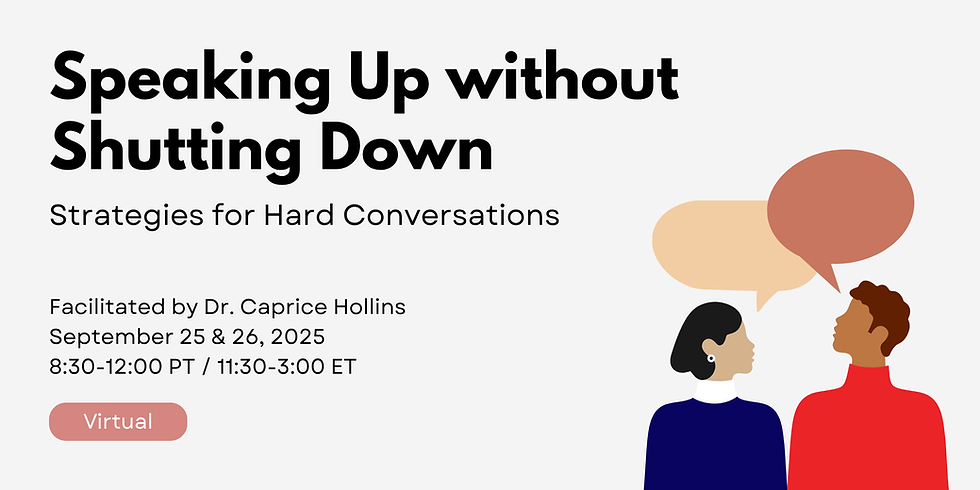Moving Beyond Tokenism During the Hiring Process
- Cultures Connecting

- Sep 18, 2023
- 2 min read
Updated: Oct 11, 2023
Promoting Diversity, Equity, Inclusion and Belonging (DEIB) is a commitment many organizations make yet fulfilling this commitment can be difficult without taking intentional steps, especially during the hiring process. Organizations can easily fall into the trap of tokenism, which the Oxford Language Dictionary defines as
the practice of making only a perfunctory or symbolic effort to do a particular thing, especially by recruiting a small number of people from underrepresented groups in order to give the appearance of sexual or racial equality within a workforce.
Tokenism can be harmful to employees from underrepresented groups, leading to negative mental health outcomes such as feelings of isolation, being undervalued, low self-esteem and imposter syndrome. This can, in turn, result in low employee retention which negatively impacts an organization's productivity, performance and increased costs. So how do we move beyond tokenism in order to create diversity and a sense of belonging for all employees?

The first step is to examime your organization's hiring process and to do the work to become more conscious of and to minimize hiring bias. Below are some areas you can work on.
Job description language. Promoting diversity starts with examining the job description language you use which can either attract or filter out a diverse candidate pool. Does your language demonstrate culturally responsive skills and practices? Does it demonstrate your organization's ability to enage in communities of color, people with disabilities, LGBTQIA, religious differences, etc.? Does the language value collaboration? These are just a few examples of the questions you can ask yourself to attract more diverse candidates.
Recruitment and Outreach. Take a look at where you conventionally recruit and do outreach for new hires and consider new approaches. Some examples are where and how you advertise for positions and thinking outside the box to attract candidates who may not typically have access or exposure to traditional recruitment methods.
Bias. Examine your own biases, which are mostly unconscious and can exist in stereotypes, both negative and positive. These biases can impact how you look at potential hires throughout the screening, interview and selection process.
Retention. Creating diversity in your organization also requires a dedication to equity, inclusion, and belonging in order to retain new hires. Some areas to examine include how employees are being on-boarded, how they are included in decision making processes, and how insensitive situations are handled.
Learning to create a truly diverse organization requires dedication to continuous learning and growth and a recognition that mistakes have been and will be made. If you would like to do the learning with us, we regularly offer the Hiring & Retaining a Diverse Workforce online workshop. The next one is on November 16-17, 2023. For more information and to register, visit our Eventbrite page or click on the button below.



